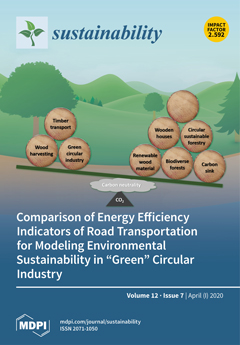Open AccessArticle
Framework of Spatial Flood Risk Assessment for a Case Study in Quang Binh Province, Vietnam
by
Chinh Luu, Hieu Xuan Tran, Binh Thai Pham, Nadhir Al-Ansari, Thai Quoc Tran, Nga Quynh Duong, Nam Hai Dao, Lam Phuong Nguyen, Huu Duy Nguyen, Huong Thu Ta, Hiep Van Le and Jason von Meding
Cited by 28 | Viewed by 7972
Abstract
Vietnam has been extensively affected by floods, suffering heavy losses in human life and property. While the Vietnamese government has focused on structural measures of flood defence such as levees and early warning systems, the country still lacks flood risk assessment methodologies and
[...] Read more.
Vietnam has been extensively affected by floods, suffering heavy losses in human life and property. While the Vietnamese government has focused on structural measures of flood defence such as levees and early warning systems, the country still lacks flood risk assessment methodologies and frameworks at local and national levels. In response to this gap, this study developed a flood risk assessment framework that uses historical flood mark data and a high-resolution digital elevation model to create an inundation map, then combined this map with exposure and vulnerability data to develop a holistic flood risk assessment map. The case study is the October 2010 flood event in Quang Binh province, which caused 74 deaths, 210 injuries, 188,628 flooded properties, 9019 ha of submerged and damaged agricultural land, and widespread damages to canals, levees, and roads. The final flood risk map showed a total inundation area of 64,348 ha, in which 8.3% area of low risk, 16.3% area of medium risk, 12.0% area of high risk, 37.1% area of very high risk, and 26.2% area of extremely high risk. The holistic flood risk assessment map of Quang Binh province is a valuable tool and source for flood preparedness activities at the local scale.
Full article
►▼
Show Figures





